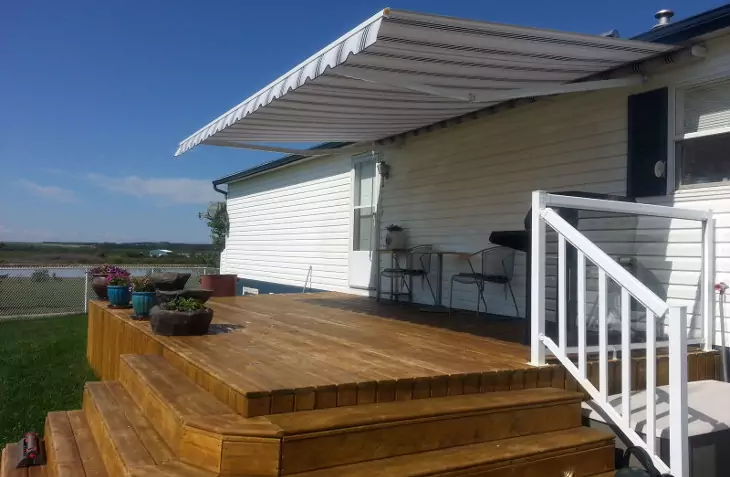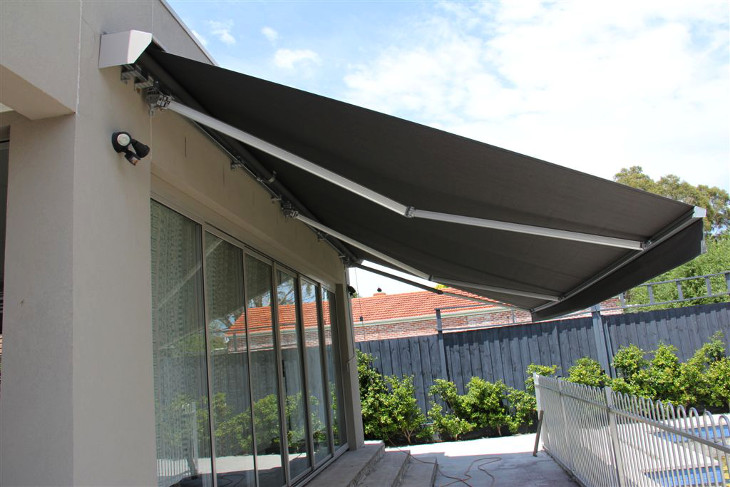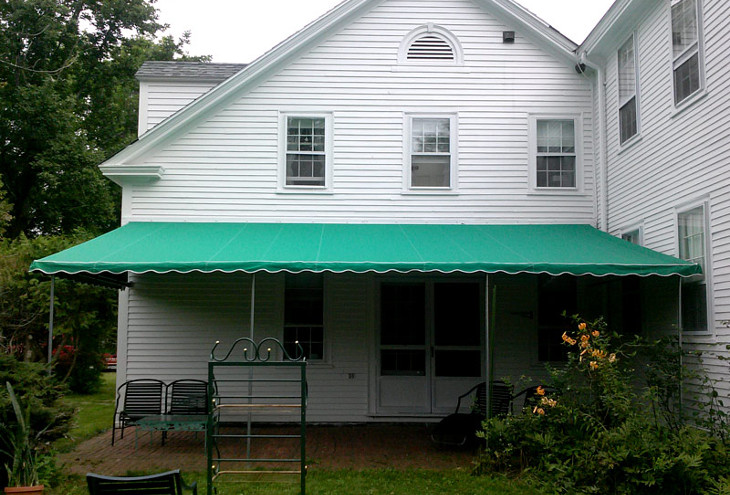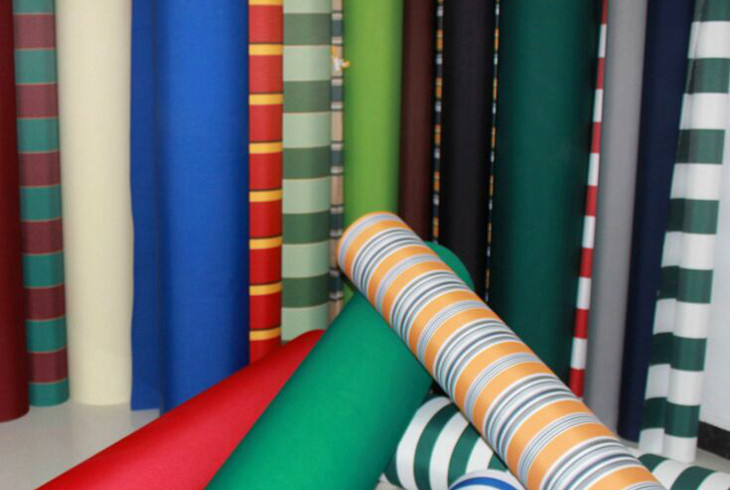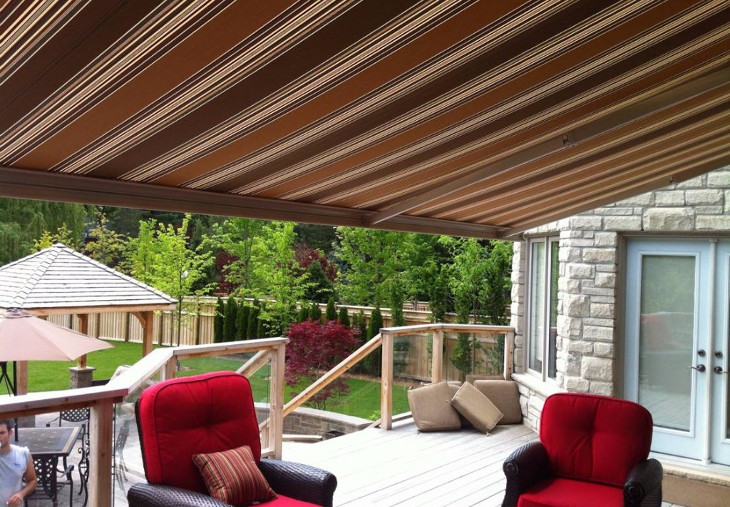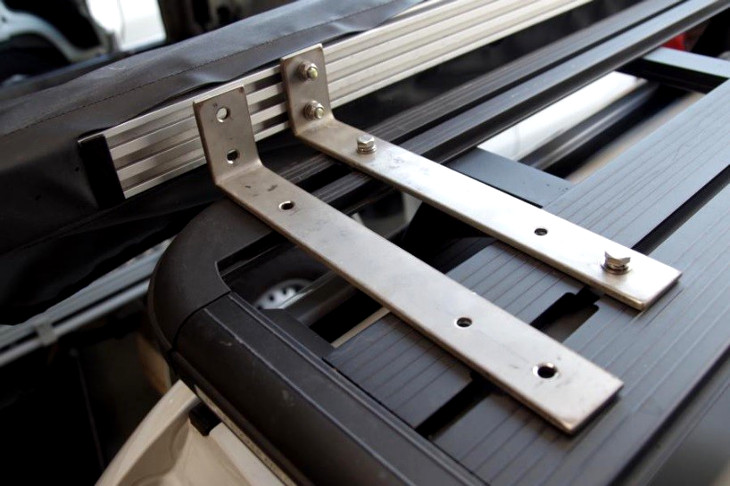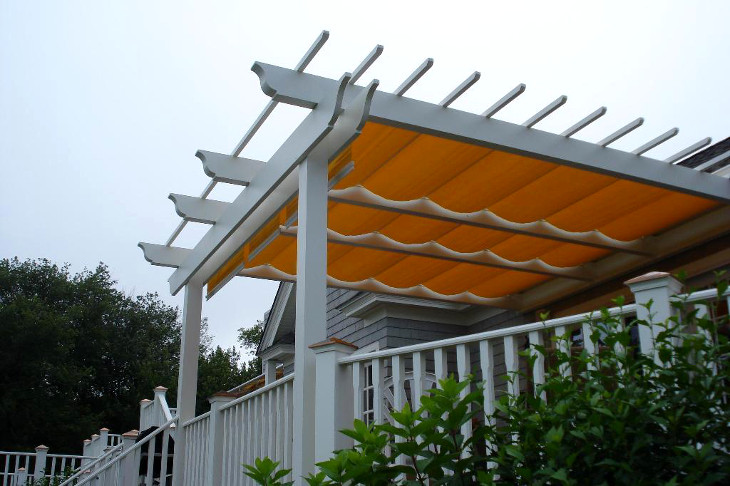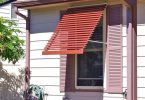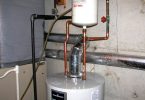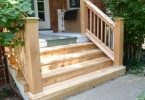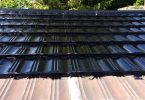Every homeowner knows that decorating exterior is not only about aesthetics. It is important to seek out a practical use for each decoration. When it comes to mobile homes, there are many ways to decorate and upgrade exterior. One of these is to add an awning to your home.
When we look at mobile home awnings as practical ways to decorate and upgrade your home, there are many different styles and designs you can choose. All these different possibilities serve the same purpose-keeping your home cooler, safer and decorated.
In this article we shall discuss different styles awnings and see all the aspects of each and every possible solution. We will try to explain all the ups and downs for every awning type, present you with maintenance tips and give you some installation guides.
You will see what types of materials are used for these products and what are their features. By the end of this article you will have a full and extensive picture of your future awning solution.
Regarding awnings
Most home owners are looking for a way to protect their home in the best way possible. Whether it’s climate factors or different physical influences, awnings will offer protection either way. This dual use is the main reason most people use awnings for manufactured homes. Next to these two reasons, there’s also a decorative purpose as most of these awnings come in various shapes and sizes.
When it comes to placement, awnings can be used as a solution for decks, doors and windows. Some homeowners use awnings to cover their patios or build a simple garage for a family car. Depending on where you place your awning, you can choose different styles and sizes, and also different materials. Their main characteristics are light construction frames and durable lightweight materials that are used as a cover.
There are many different types of awnings, designed especially for mobile home use. However, there are three types that are much more common than the others and each of them will be discussed in this article. These three are the ones that are most popular on the market and that you’re most likely to encounter. So, let’s check them out one by one.
Retractable awnings
These types of awnings offer a flexibility and ease of use. Their main feature is that you can retract them when you don’t want to use them in case you need more sun or an extreme bad weather. This option is especially convenient in case of moving.
Let’s say that you want to move your home and you don’t want to spend a lot of time disassembling your awnings. With retractable awnings you can just pull them in and you’re good to go. The frames will stand if you fixed them well. There are two types of retractable awnings. Each of them is practical and has its use.
Manual retractable awnings
This is a simple and user-friendly solution for every home owner. These awnings are manually retracted in case of bad weather or moving. These are the simplest awnings and are mostly placed on decks and patios.
In order to retract and extract the roofing, these awnings have a simple handle that connects to retracting mechanism that folds and unfolds the cover. As they are mostly made of aluminum frames and various synthetic fabrics, you can see how easy they can get damaged by a storm.
The good side is that it won’t take too much of your time to install these awnings on your home, no matter if you choose to place them over your deck, doors or windows. Another benefit is easy maintenance, all you need to do is clean and wash the roofing from time to time. In case of a severe damage, it’s easy to patch up synthetic roofing, or replace it altogether.
Motorized retractable awnings
These types of awnings are very easy to use, install and maintain. As you can probably guess, the main feature of these awnings is that they can be retracted by a simple push of the button.
The fabric on these awnings is connected to a small motor that retracts the fabric when activated. Once you decide to extract your awning and keep your home shaded and cool, you can push the button again and the motor will start unfolding your cover.
Motorized awnings also come as small aluminum pallets, which give your home extra security compared to plain fabric solution. The main advantage of motorized awnings is that you don’t have to go out in order to retract your cover. You can place the motor commands inside your home and keep yourself dry in case of a sudden rain.
More advanced motorized awnings come with light sensors that allow your cover to retract automatically depending on the amount of light that falls on your awning. This is especially convenient if you are not at home. So, if you want to save on your cooling bills, this is something you should think about since the shade provided can result in less use of your air conditioner.
Freestanding awnings
These awnings are also known as unattached or portable awnings. The main feature of these awnings is that you don’t have to fix them to your home. These awnings are, in most cases, just plain fabric stretched to a frame that’s fixed to a couple of poles.
Freestanding awnings are mostly used to cover the front of your mobile home and give you a nice shade as you relax in front of your home. The fact that you do not have to fix them gives you the freedom to move your awning wherever you want. There’s also the fact that it’s easy to move your home, all you have to do is disassemble the construction and you’re set.
The down side is that this type of construction is susceptible to strong winds, especially if the poles are not fixed properly. This is why it’s not uncommon that these poles are placed into the ground or screwed into concrete, depending on your land properties.
Some of these awnings come with retractable fabric, so this can make it easier for you to keep your awning safe from bad weather, in case you don’t want to disassemble the entire construction. All in all, this is always a good solution for a cool front yard or even a backyard, depending on your decision.
Stationary awnings
Stationary awnings are usually called fixed awnings based on their main characteristic that they are permanently fixed in one place. They are a perfect solution for your windows, decks and balconies. The main difference between these and all other awnings is that these are completely custom made in order to fit your home. This means that when you decide to place a fixed awning on your mobile home, you can choose your favorite shape, size and color.
These types of awnings are mostly made of aluminum, although you can choose other available materials if you wish. The reason why aluminum is the best solution is because it won’t rust. It’s light and durable and you can repaint it if you wish at any given time.
Aluminum will also provide for a perfect cover in case of hail. So as opposed to other awnings that you have to keep safe from weather, stationary awnings will keep you safe. And while we’re talking about benefits of this type of awnings, it’s good to mention that since there are no moving parts, this type of awnings is very easy to maintain.
Awning materials
Different types of awnings require and offer different types of materials. Some are made for durability and some for aesthetics so it’s important to find a middle ground and find yourself the best and the most affordable solutions. However, there are two types of materials that dominate the awning industry, aluminum and polyester. Let’s take a look at the pros and cons of each.
Aluminum
This is a strong, durable material that’s used for most modern awning solutions. It’s light and easy to maintain, which makes it the best solution not only for awnings but for many other constructions. Aluminum is easy to paint, it doesn’t rust and it’s imperious to wind, rain and snow.
Aluminum awnings offer great protection from heat and other weather conditions. There are some aluminum awnings that offer full window cover in cases of extremely bad weather. Some aluminum awnings can last for 40 years with proper maintenance.
Polyester fabric
Polyester is a synthetic material used in various industrial products. It’s well known for its durability, strength and low cost. There are various types of polyester used for various products, each with its strengths and weaknesses, depending on their purpose. This material can withstand heavy rain and snow, which makes it a perfect material for awnings and other roofing products.
This is a great solution for most retractable awnings, as for others, because of its flexibility, durability and ability to fold. Polyester offers a great shade and protection from rain, although it’s not the most reliable choice in case of strong winds. It’s an affordable solution that’s easy to install and fix. In case of tear ups, polyester can be fixed and patched with little or no cost.
Maintenance
As any construction around the house, awnings require occasional maintenance and service. The good thing is that these awnings don’t have a lot of complex mechanical parts that require expensive repairs. Most of the maintenance activities are just simple cleaning, painting and coating. In extreme cases, you could repair the frames; it would only take a couple of screws and pliers.
Washing your awning is a simple task that you should perform from time to time. All it takes is a ladder, some soap and a garden hose. Try to take care while you’re washing your awning as you don’t want to accidentally tear up the fabric. There are always some leaves and debris on your awning that gather, especially over your deck.
Painting the aluminum parts of your awning is necessary as it ages. Sun and other factors will ruin your paint so you have to take care of that. The best way is to use a quality outdoor paint and coating. It doesn’t cost too much and it will give your awning a lasting color.
When it comes to occasional repairs, it’s best if you get a professional to fix any problems you might have. But in case you want to do it yourself, check the owner’s manual and see how to fix your problem. It’s important that you follow the manufacturer’s terms of use, in case of any possible warranty claims.
Installation tips
Mobile home awnings are simple to install; in most cases you can do it yourself with no problems. Most awnings for manufactured homes come with a full installation guide that makes the whole process easy for most customers. Still, easy at it may be, here are a few guidelines on how to install your awnings quickly and safely.
Site preparation
It’s important that you place your awning on a stable site. This is why you should always check your door and window frames in order to make sure everything is in order. You should take special care that there is no rot to your frames and check for stability and cracks. Sometimes you need to replace your frames in order to place your awnings. Upon inspection, if everything is in order, you can continue with next step.
Fixing the brackets to frames
Fixing the brackets is the first serious step you need to take. This is important since it’s kind of like placing a house foundation. You should use a tape measure to make sure you place everything in position and place the screw holes on proper places.
Once you determine the brackets’ positions, you should fix them with some strong screws and make sure that everything is tight. You don’t want your awning to move and come unstable. In some cases, depending on the design of your awning, you could require additional brackets.
Arms assembly and awning frame preparation
This is the most complex and crucial step in your awning installation process. If you have an assistant, this is where you’ll need help the most. First, you need to connect the bracing units to the end of each bracket. Be careful while doing this because it’s important that everything is in order and fixed properly.
Next, you have to fix the arms to the wall and fix them properly in order to place your cover. Depending on the type of awning that you install, you may need to check the user manual to see if you have a return arm, that retracts and extracts your awning.
Roofing placement
No matter what kind of roofing you pick for your awning, the placement is same. You need to start at the top by fixing your roofing to the stringers along the awning length. Make sure you fix everything properly and according to manufacturer’s user’s manual. When you make sure that the top end of your roofing is in place, simply stretch the rest of the roofing down to the end of the frame. Now, all there is left to do is to secure your awning and you’re done.
This was just a general example of modular home awning installation. You should always check the user’s manual and follow the provided instructions. In case you are not sure that you can handle it, call a professional to do it for you. It’s never a good idea to do this kind of work by yourself since you could hurt yourself in the process.
Conclusion
Whether you need to keep your home shaded or you need a place to rest in front of your home, awnings are a great asset for any mobile home. They offer simple and affordable solutions to keep your home protected and cool. This means that you can save a lot of money with a simple and cheap investment. Some homes come with pre-installed awnings, but for the most of them, this is not the case.
This is a growing industry, which means that there are many options for you to consider before deciding. You should browse online and check with your friends and neighbors before making your choice of awning. Also, consider where would be the best to place awnings on your home. You should keep in mind the position of your windows and your doors, but it’s not a problem if you place awning on all of your windows.
We hope that this article helped you make some decision regarding your mobile home. If you were thinking about placing awnings on your home, this article is supposed to give you some references that would help you. Did we miss anything?
Do you have any awning experience you can add to this article? Let us know and we shall do our best to pass the information on to other readers.



